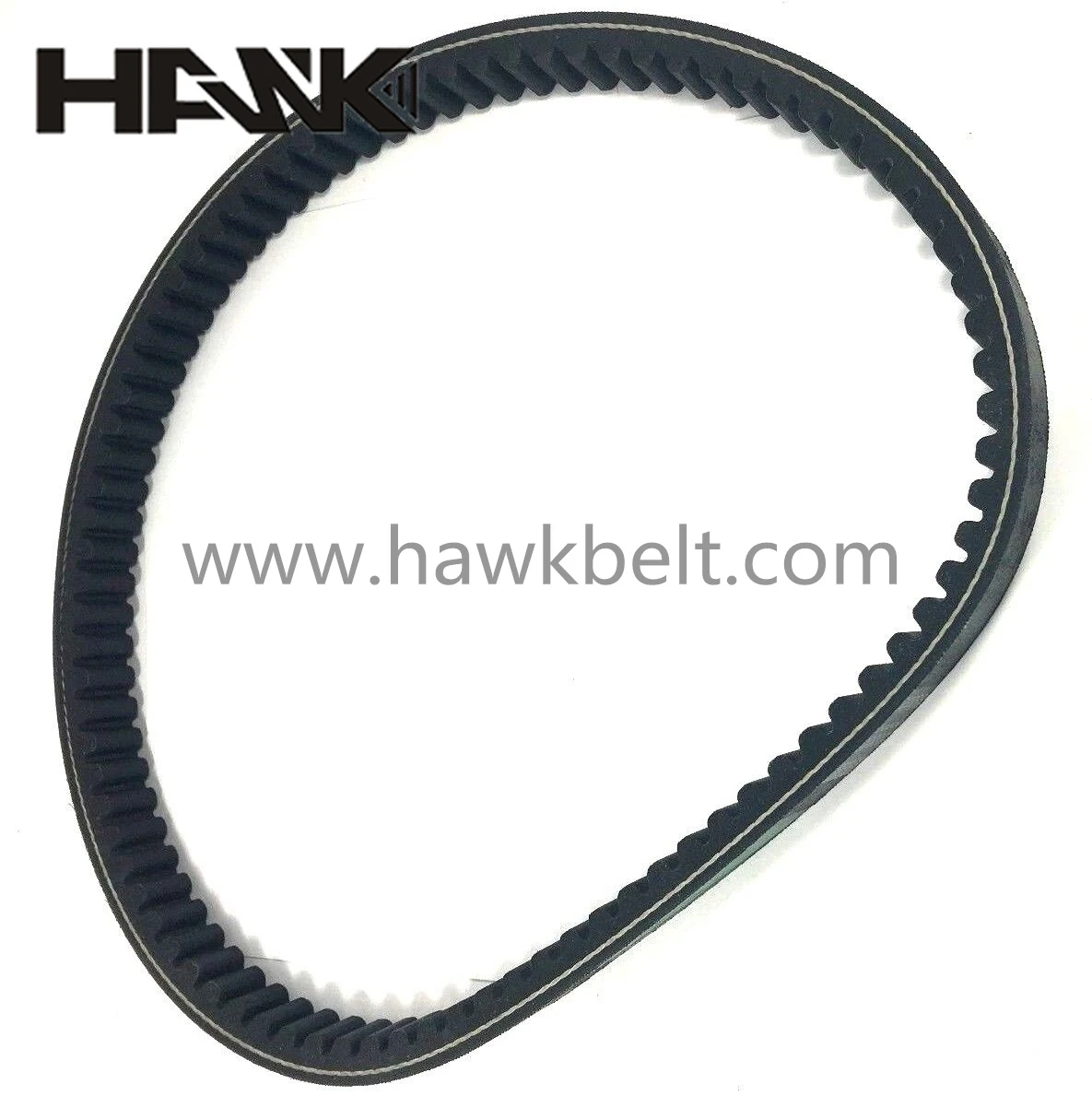- Arabic
- French
- Russian
- Spanish
- Portuguese
- Turkish
- Armenian
- English
- Albanian
- Amharic
- Azerbaijani
- Basque
- Belarusian
- Bengali
- Bosnian
- Bulgarian
- Catalan
- Cebuano
- Corsican
- Croatian
- Czech
- Danish
- Dutch
- Afrikaans
- Esperanto
- Estonian
- Finnish
- Frisian
- Galician
- Georgian
- German
- Greek
- Gujarati
- Haitian Creole
- hausa
- hawaiian
- Hebrew
- Hindi
- Miao
- Hungarian
- Icelandic
- igbo
- Indonesian
- irish
- Italian
- Japanese
- Javanese
- Kannada
- kazakh
- Khmer
- Rwandese
- Korean
- Kurdish
- Kyrgyz
- Lao
- Latin
- Latvian
- Lithuanian
- Luxembourgish
- Macedonian
- Malgashi
- Malay
- Malayalam
- Maltese
- Maori
- Marathi
- Mongolian
- Myanmar
- Nepali
- Norwegian
- Norwegian
- Occitan
- Pashto
- Persian
- Polish
- Punjabi
- Romanian
- Samoan
- Scottish Gaelic
- Serbian
- Sesotho
- Shona
- Sindhi
- Sinhala
- Slovak
- Slovenian
- Somali
- Sundanese
- Swahili
- Swedish
- Tagalog
- Tajik
- Tamil
- Tatar
- Telugu
- Thai
- Turkmen
- Ukrainian
- Urdu
- Uighur
- Uzbek
- Vietnamese
- Welsh
- Bantu
- Yiddish
- Yoruba
- Zulu
Dec . 23, 2024 12:19 Back to list
Exploring the Benefits and Applications of Neoprene Timing Belts in Various Industries
The Advantages and Applications of Neoprene Timing Belts
In today's fast-paced industrial environment, the choice of components in machinery can significantly impact efficiency, durability, and overall performance. Among these components, timing belts play a crucial role in ensuring smooth operation and optimal performance in various machines. One of the most versatile and commonly used materials for manufacturing timing belts is neoprene. This article delves into the advantages of neoprene timing belts and their applications across different industries.
What is Neoprene?
Neoprene, a synthetic rubber, is renowned for its resilience and elastic properties. Developed in the 1930s, it was one of the first synthetic rubbers to be produced and has since carved out a niche in various applications due to its unique characteristics. Neoprene exhibits excellent resistance to heat, oils, chemicals, and abrasion, making it an excellent material for components that operate under challenging conditions. These qualities make neoprene particularly suitable for timing belts.
Advantages of Neoprene Timing Belts
1. Durability Neoprene timing belts are exceptionally durable, capable of withstanding high levels of stress and strain. Unlike traditional belts made from other materials, neoprene belts resist wear and tear over extended use, making them ideal for automotive and industrial applications where reliability is paramount.
2. Flexibility and Elasticity The elasticity of neoprene allows it to stretch and bend without losing its shape. This flexibility enables timing belts to operate smoothly over pulleys, reducing the risk of slippage and ensuring precise timing in machinery, which is crucial for maintaining optimal performance.
3. Resistance to Environmental Factors Neoprene's resistance to oil, grease, and various chemicals adds to its appeal as a timing belt material. This characteristic is particularly important in automotive settings, where exposure to engine oils and contaminants is common. Additionally, neoprene timing belts can withstand a wide temperature range, ensuring reliable performance in various operating conditions.
4. Low Noise Operation Timing belts made from neoprene tend to operate more quietly than those made from harder materials. This noise reduction can lead to a more pleasant working environment, especially in settings where sound levels are a concern.
neoprene timing belt

5. Cost-Effectiveness Although neoprene timing belts may have a higher initial cost compared to some other materials, their long life and low maintenance needs ultimately make them a cost-effective choice. Lower replacement rates and reduced downtime contribute to overall savings in operational costs.
Applications of Neoprene Timing Belts
Neoprene timing belts find applications in a wide range of industries, demonstrating their versatility
- Automotive Industry In the automotive sector, neoprene timing belts are essential components of the engine timing systems. They ensure that the camshaft and crankshaft operate in sync, enabling the engine to perform efficiently. Furthermore, many vehicles use neoprene timing belts due to their ability to withstand extreme temperatures and environmental contaminants.
- Industrial Machinery Various industrial machines, from CNC machines to conveyor systems, utilize neoprene timing belts for synchronous power transmission. The reliability and durability of these belts ensure minimal downtime, which is critical for maintaining production efficiency.
- Home Appliances Neoprene timing belts can also be found in household appliances such as washing machines and food processors. Their strength and reliability allow these machines to function seamlessly, providing convenience to consumers.
- Robotics and Automation As robotics and automation systems become more prevalent, the demand for precise and operationally efficient timing systems grows. Neoprene timing belts provide the required precision and durability necessary for these advanced systems.
Conclusion
Neoprene timing belts have established themselves as a crucial component in various industries due to their durability, flexibility, and resistance to environmental factors. From automotives to industrial machinery, their applications are diverse and indispensable. As technology advances, the reliance on high-quality components like neoprene timing belts will continue to grow, reinforcing their role in enhancing efficiency and productivity across sectors. With these benefits and applications in mind, it’s clear that neoprene timing belts are an excellent choice for any mechanical system requiring reliability and performance.
-
Upgrade Power Steering Pump Belt for Smooth, Quiet Operation
NewsAug.27,2025
-
Precision Timing Belt & Chain: Engine Performance & Durability
NewsAug.26,2025
-
Precision Lathe Drive Belts: Durable & Reliable Performance
NewsAug.25,2025
-
84.5 Serpentine Belt: Durable & Precision Fit for Your Engine
NewsAug.24,2025
-
Premium Ribbed Drive Belts for Quiet Power Transmission
NewsAug.23,2025
-
High-Performance Vehicle Timing Belt for Engine Precision
NewsAug.22,2025

